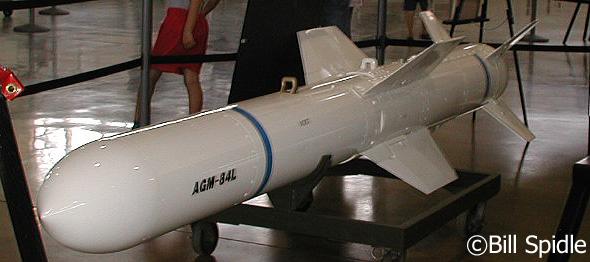Transhumanist
FULL MEMBER

- Joined
- May 2, 2015
- Messages
- 734
- Reaction score
- 36
- Country
- Location
US approves sale of submarine-launched Harpoon Block II to Japan
The US Department of State has approved the possible sale of UGM-84L Harpoon Block II submarine-launched missiles to Japan.

An artist's rendering of a Boeing Harpoon Block II missile. The US government has approved the possible sale of UGM-84L submarine-launched Block II missiles to Japan. (The Boeing Company)
The announcement was made on 13 May by the Defense Security Co-operation Agency (DSCA), which said the approval covered the sale of the missiles and associated equipment, parts, training, and logistics support. The deal is estimated to be worth USD199 million.
The government of Japan has requested 48 UGM-84L Block II missiles to supplement its existing Harpoon missile capability, the DSCA said.
The Japan Maritime Self-Defense Force (JMSDF) currently deploys UGM-84C and RGM-84C Harpoon missiles across its submarine and surface forces.
US approves sale of submarine-launched Harpoon Block II to Japan - IHS Jane's 360
@Indus Falcon @Transhumanist @SvenSvensonov @AMDR @F-22Raptor
Japan really should be exploring new missiles, and as it so happens, Kongsberg has developed a submarine-launched version of its Naval Strike Missile - a Harpoon replacement (or in Norway's case, a replacement for Penguin):



Goodbye KNM Trondheim!
Naval Strike Missile
Specifications
Weight 410 kg (900 lb)
Length 3.95 m (13.0 ft)
Warhead 125 kg (276 lb) HE blast-fragmentation
Detonation mechanism Programmable fuze
Engine Solid fuel rocket booster,Microturbo TRI-40 turbojet
Operational range
NSM 185 km (115 mi; 100 nmi)+
JSM 290 km (180 mi; 160 nmi)+
Flight altitude Sea skimming
Speed High subsonic
Guidance system Inertial, GPS, terrain-reference navigation, imaging infrared homing, target database
Versus Harpoon Block II (AGM-84L):
Power plant: Teledyne CAE J402 turbojet, 660 lb (300 kg)-force (2.9 kN) thrust, and a solid-propellant booster for surface and submarine launches
Length: Surface and submarine-launched: 4.6 metres (15 ft)
Weight: Submarine or ship launched from box or canister launcher: 628 kilograms (1,385 lb)
Diameter: 340 millimetres (13 in)
Wing span: 914 millimetres (36.0 in)
Maximum altitude: 910 metres (2,990 ft) with booster fins and wings
Range: Over-the-horizon (approx 50 nautical miles)
RGM/AGM-84L (Block 2): 278 km (150 nmi)
Speed: High subsonic, around 850 km/h (460 knots, 240 m/s, or 530 mph)
Guidance: Sea-skimming cruise monitored by radar altimeter, active radar terminal homing
Warhead: 221 kilograms (487 lb), penetration high-explosive blast
That the US is exploring and testing the NSM should be a major vote of confidence as a replacement for Harpoon:
Navy Testing Norwegian Naval Strike Missile on LCS
Naval Strike Missile (NSM)
Last edited:






















 .
.
























